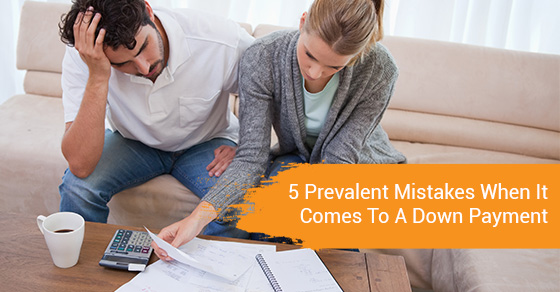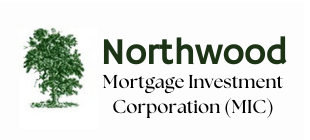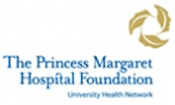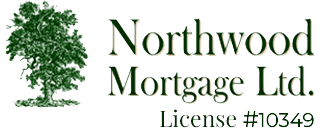You’re all set to buy a home. You’re excited and perhaps just a little frazzled. After all, it’s a big deal. But take a deep breath and think clearly about what’s involved, and that includes your down payment.
-
Not thinking about it at all
Oddly enough, the first error some potential homeowners make is not focusing on the down payment at all. The correct amount for a down payment is one that’s financially comfortable for you without having to exhaust your entire savings. You need some of those savings in case of emergencies! Leave yourself enough for about six months of living expenses. In case something unforetold happens, you’ll still be able to make a mortgage payment. -
Not using your own bank account
Some people choose to deposit their down payment in a bank account that doesn’t belong to them. If your parents have been helping to manage your finances, perhaps your down payment is in their account. The problem with this is that when you want to use your money, your parents will have to produce a gift letter, indicating the funds are donated, which lets your lender know the money is not from a loan. Opening your own account for your down payment will definitely show a lender the money truly belongs to you. -
Keeping money at home
Keeping cash at home is not a wise idea. Lending institutions don’t look favourably on that. In fact, funds used to buy a home have to be in your bank account for at least 60 days or the money will be considered a gift. So, if you really want to buy a home and you don’t have a personal bank account, do yourself a favour and open one. -
Using your main account
If you use the same account you use to pay your bills, it may look like you’re spending your down payment cash. Consider opening another account just for down payment deposits. Talking to an experienced mortgage agents who will help you make the right decision to make your home buying experience much less stressful. -
Not realizing you can use RRSP funds
If this is your first home, you may be eligible to use up to $25,000 from your Registered Retirement Savings Plan (RRSP). You need to show activity over a three-month period. Funds need to be in your account for at least 90 days and you’ll need to prove the account is really yours.
Avoiding the above 6 mistakes will ensure you don’t face any financial stress or confusion when it comes to paying your down payment.






































